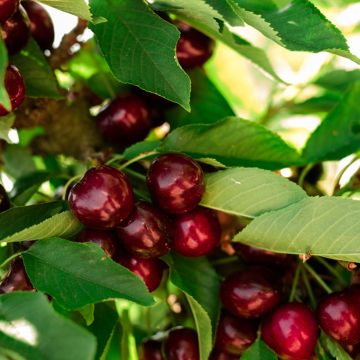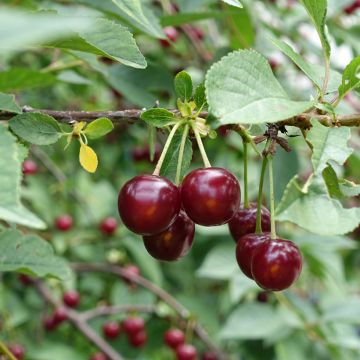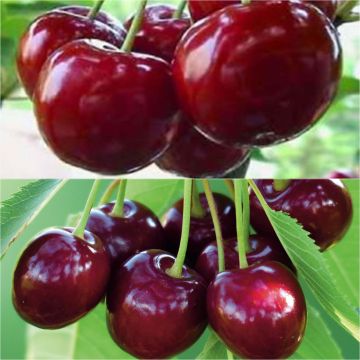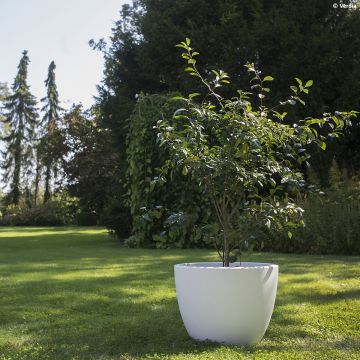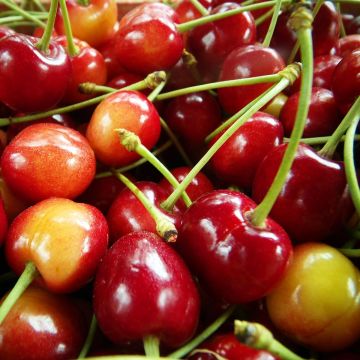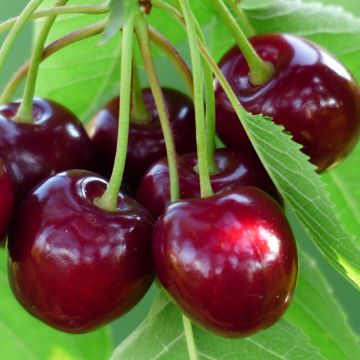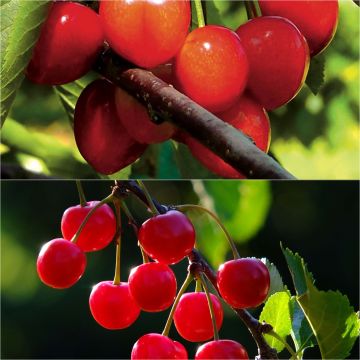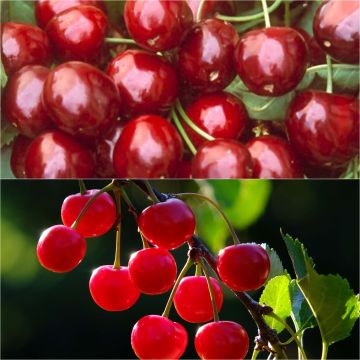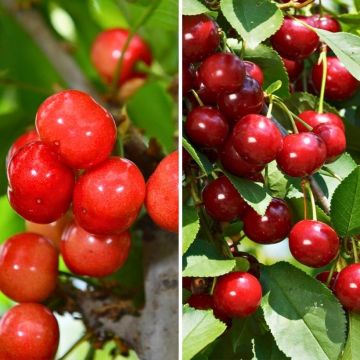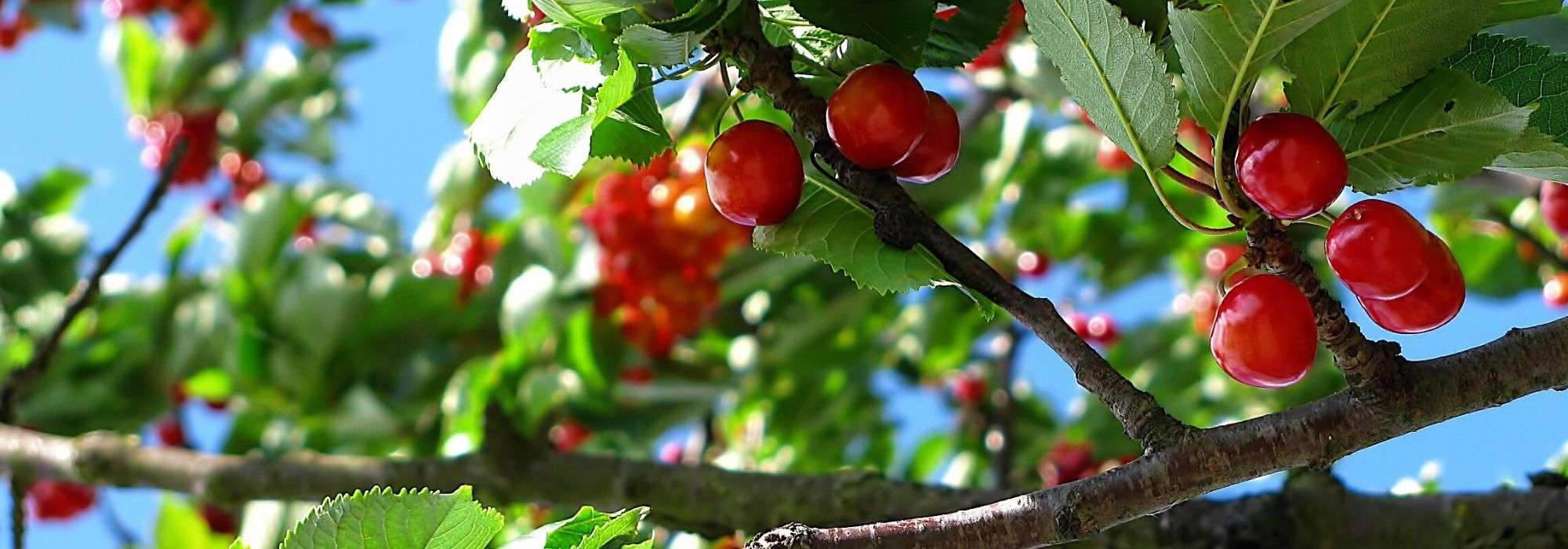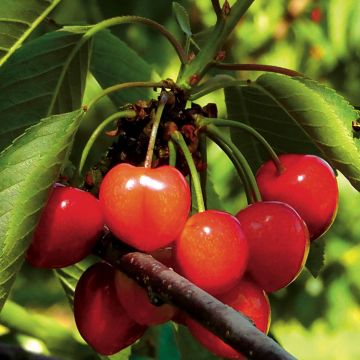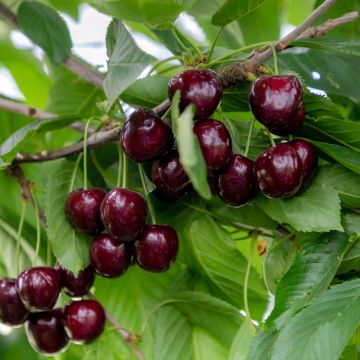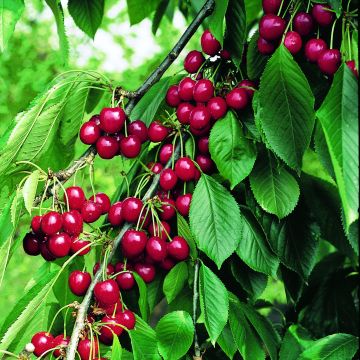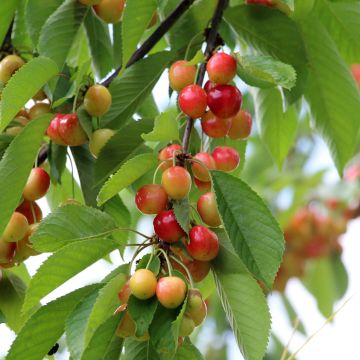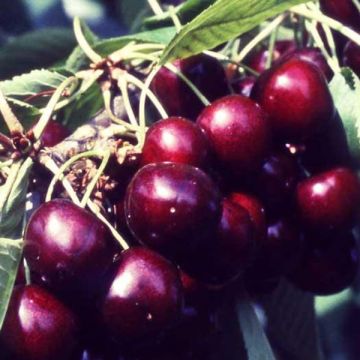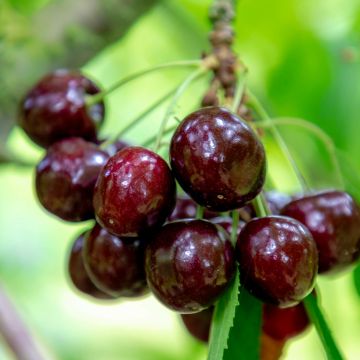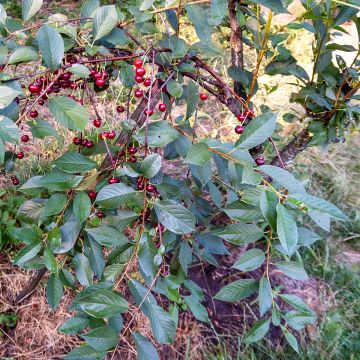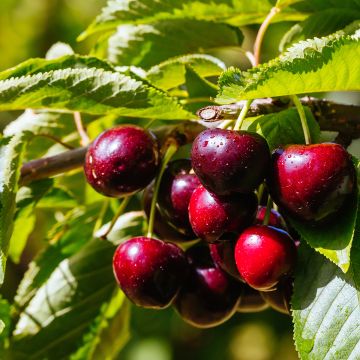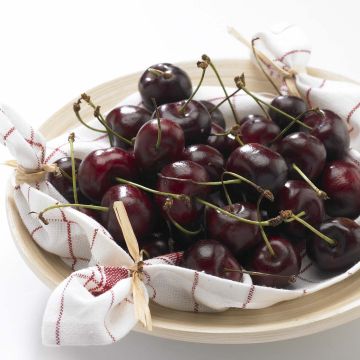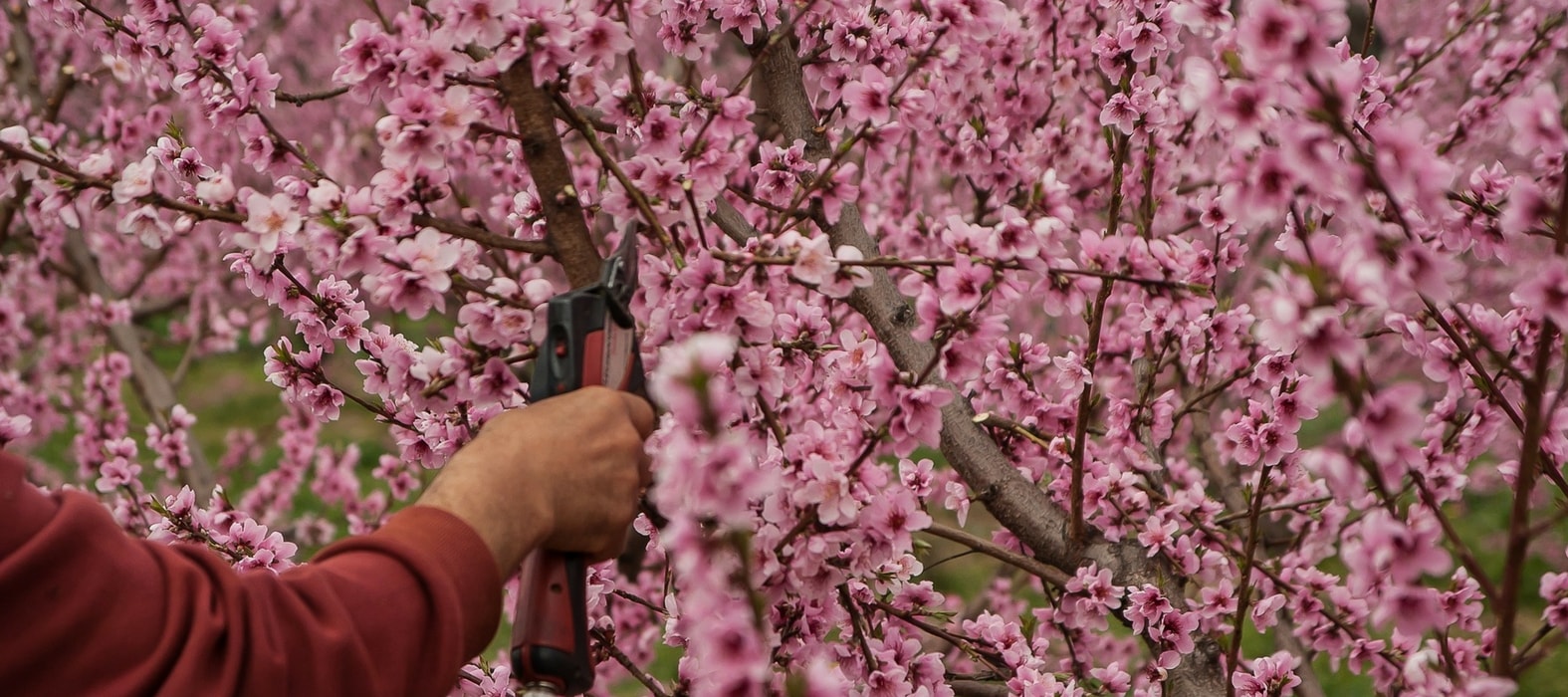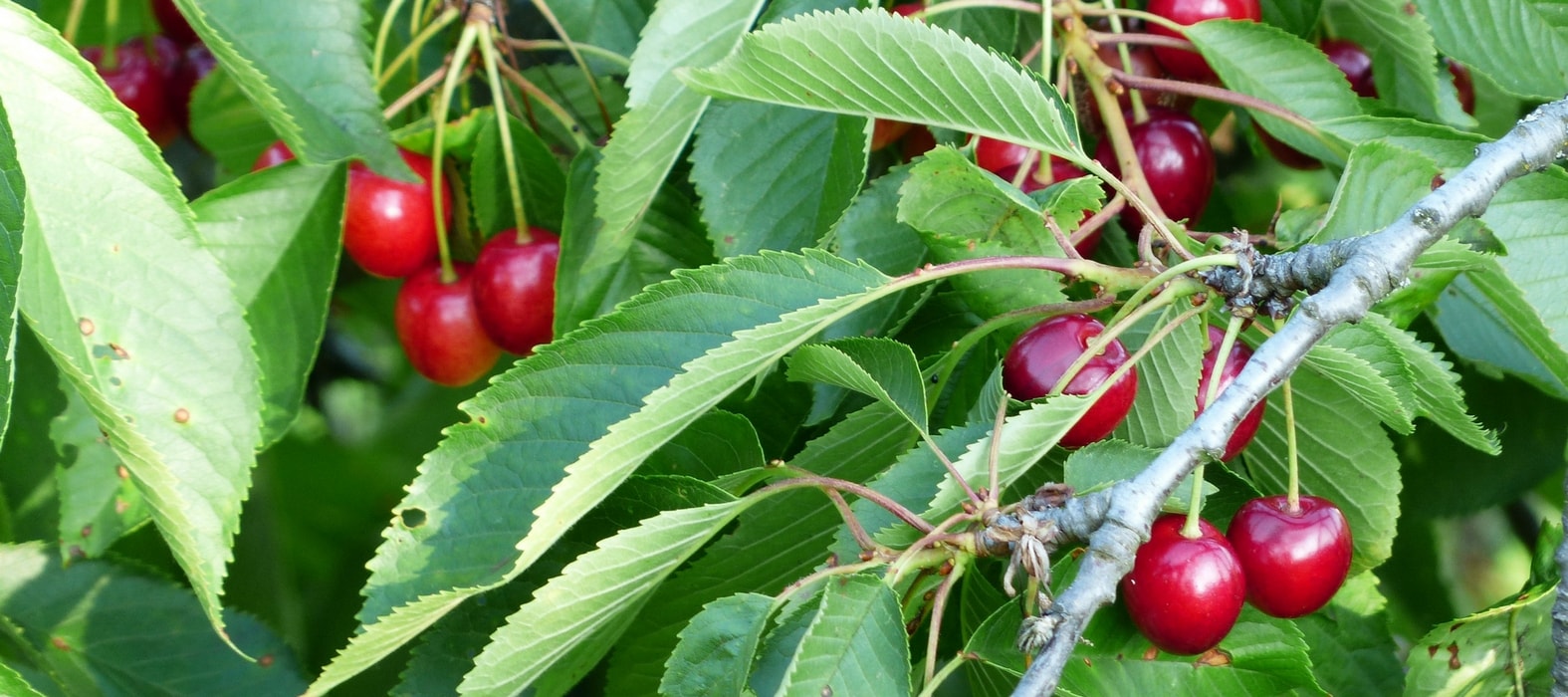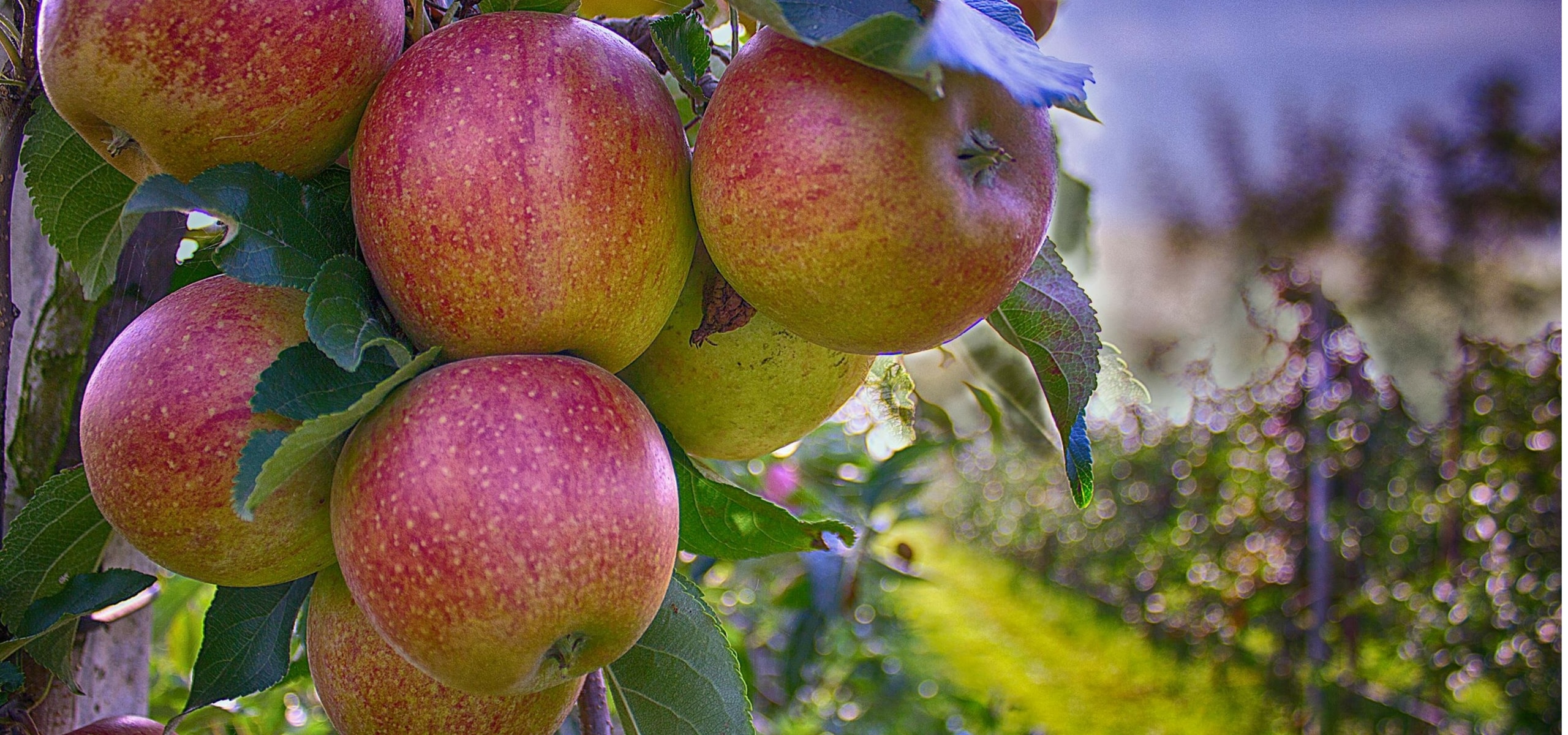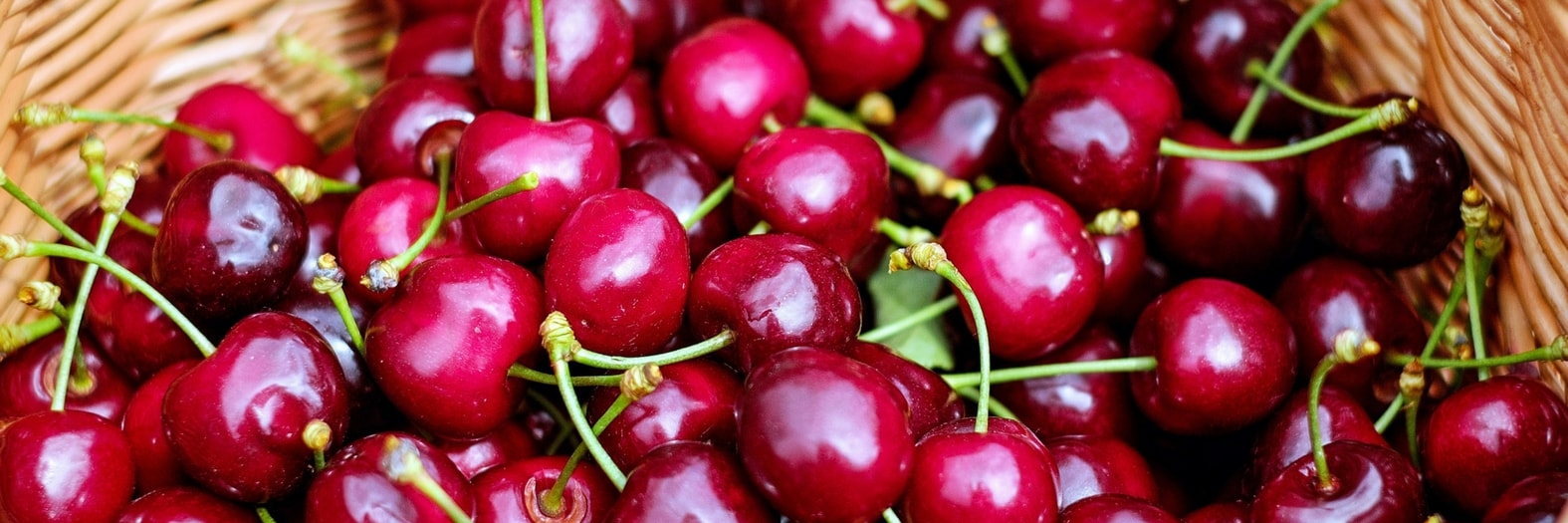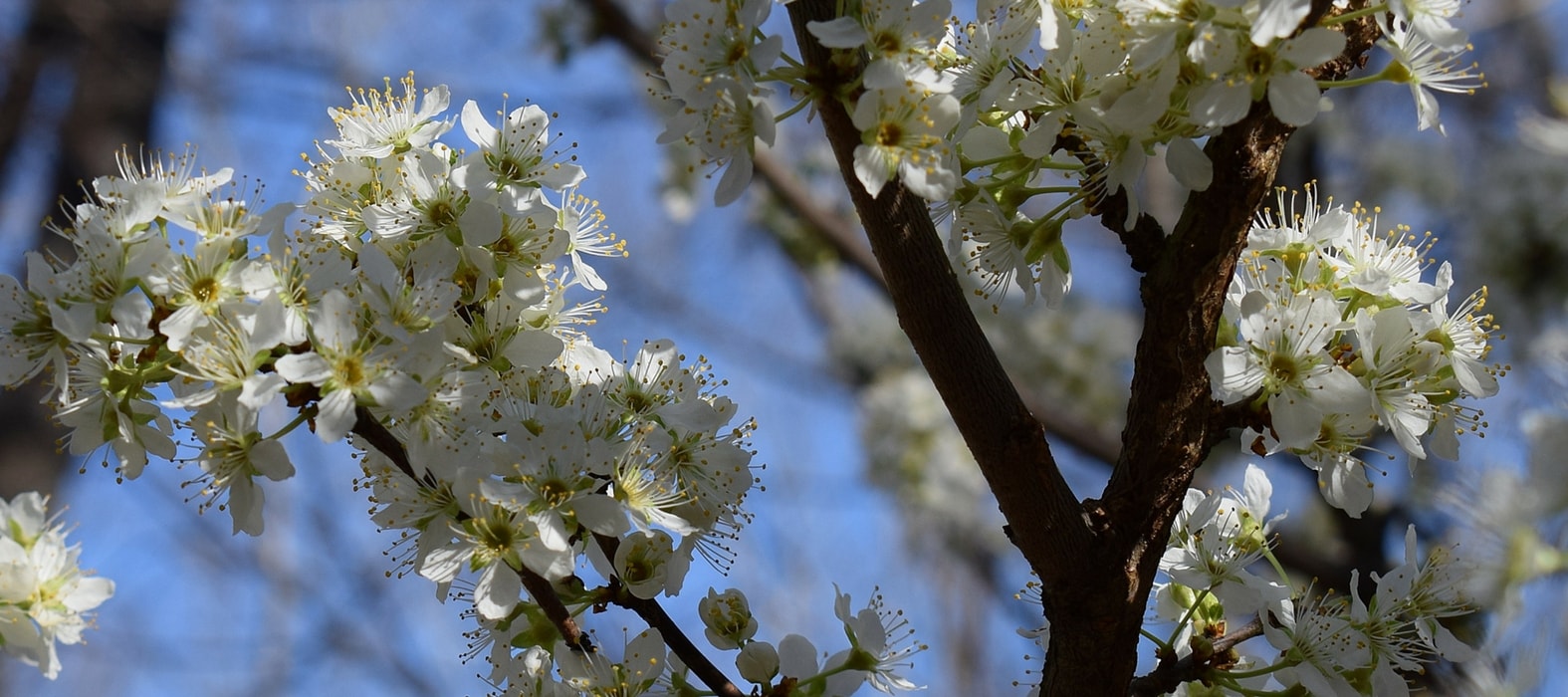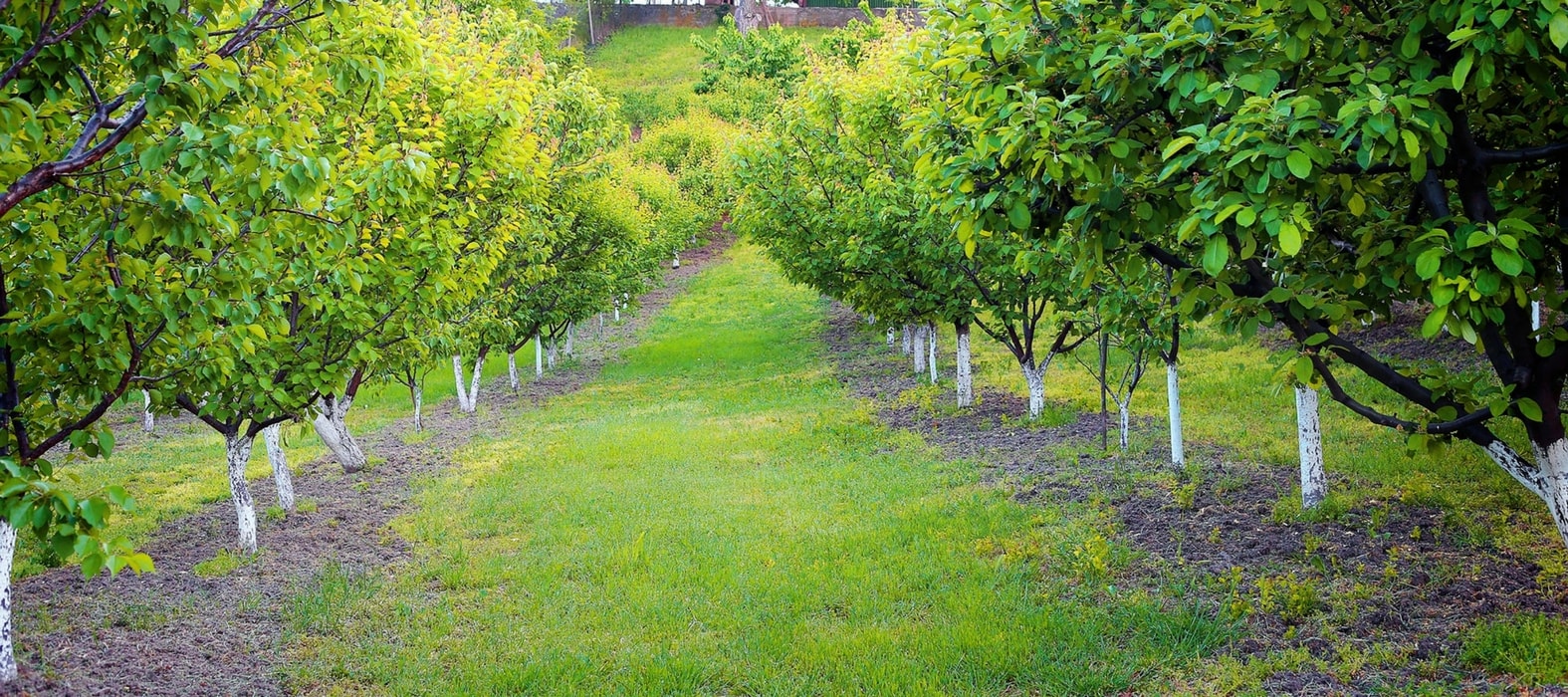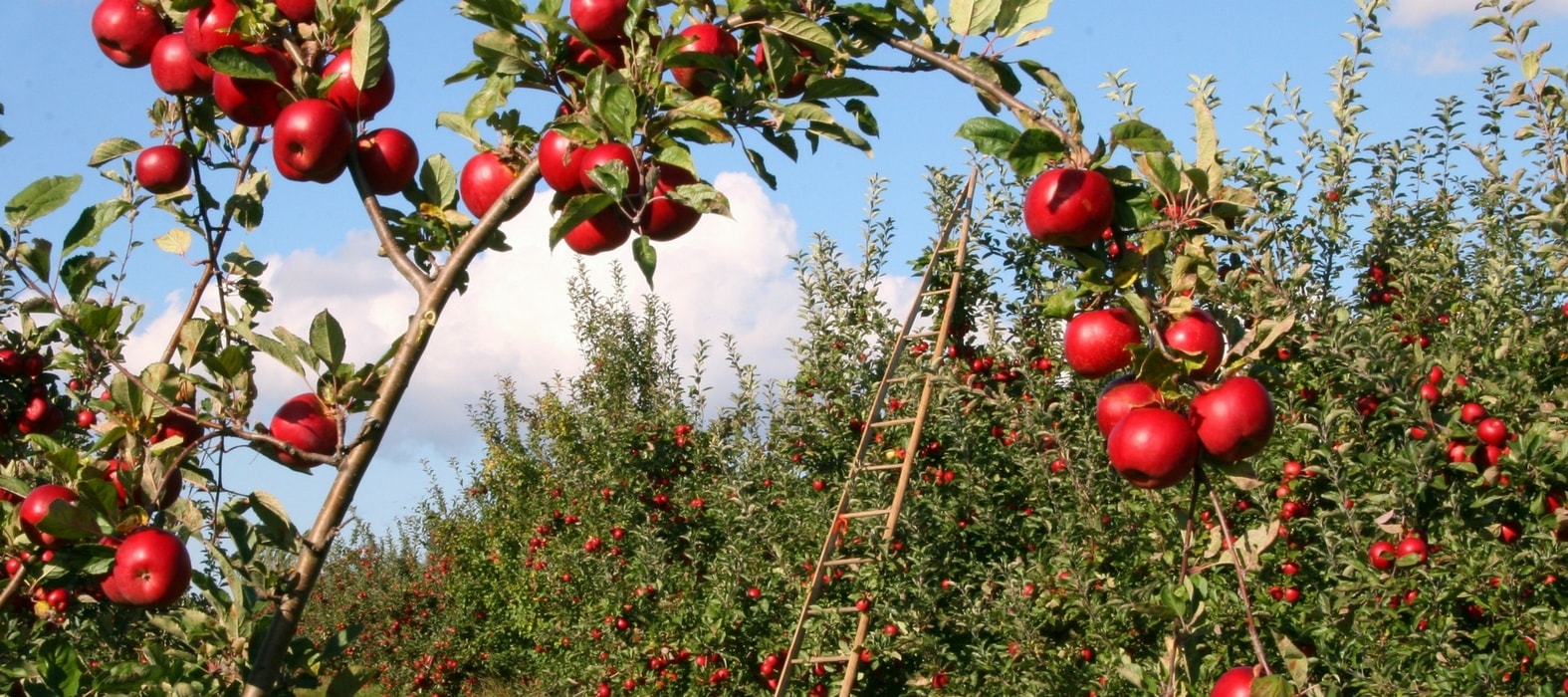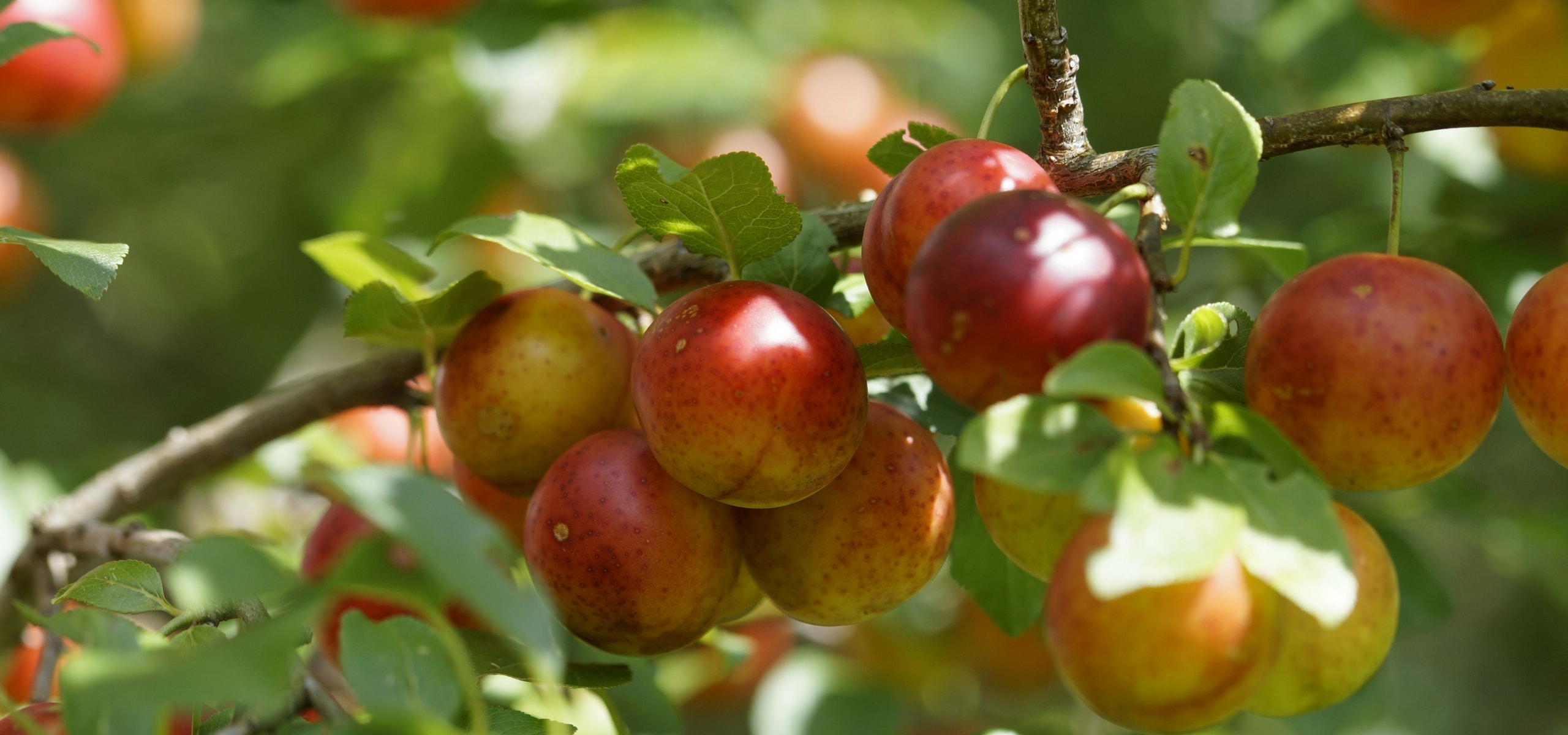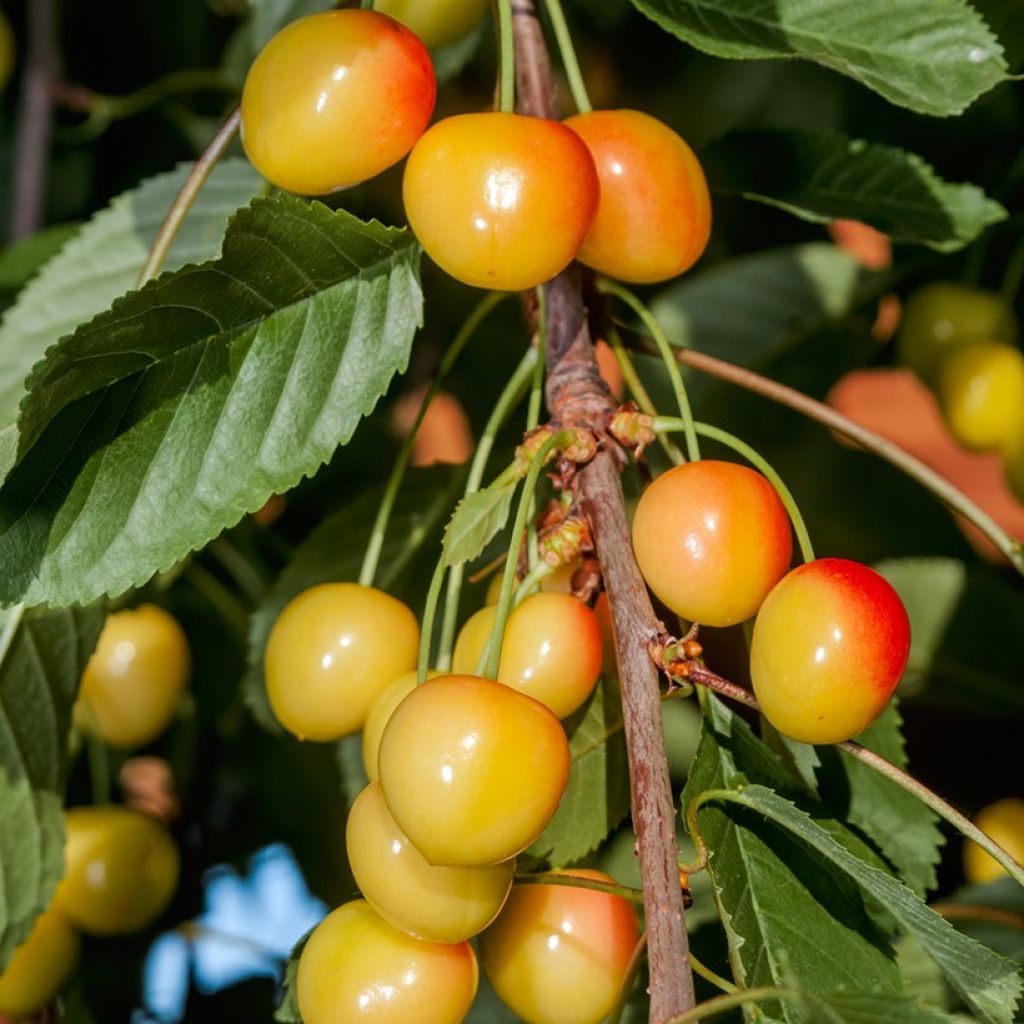

Prunus avium Bladoróżowa- Cherry Tree
Prunus avium Bladoróżowa- Cherry Tree
Prunus avium Bladoróżowa
Wild Cherry, Sweet Cherry
Special offer!
Receive a €20 voucher for any order over €90 (excluding delivery costs, credit notes, and plastic-free options)!
1- Add your favorite plants to your cart.
2- Once you have reached €90, confirm your order (you can even choose the delivery date!).
3- As soon as your order is shipped, you will receive an email containing your voucher code, valid for 3 months (90 days).
Your voucher is unique and can only be used once, for any order with a minimum value of €20, excluding delivery costs.
Can be combined with other current offers, non-divisible and non-refundable.
Why not try an alternative variety in stock?
View all →This plant carries a 6 months recovery warranty
More information
We guarantee the quality of our plants for a full growing cycle, and will replace at our expense any plant that fails to recover under normal climatic and planting conditions.
Description
The Cherry Tree, in Latin Prunus avium, belongs to the large family of Rosaceae, which includes most fruit trees, but also many ornamental plants. It is a medium-sized tree, reaching 5 to 10 m in height at maturity. Its rounded habit provides beautiful shade, very pleasant during the summer. Its alternate and toothed leaves are shiny and dark green, then they take on a pretty reddish hue in autumn before falling. Cherries are rich in vitamin C, minerals and trace elements.
The Cherry Tree 'Bladoróżowa' has rapid growth and forms a spreading crown. The tree reaches a height of 4 to 6 m. The white flowers with a slight pink hue appear in April. Its cherries ripen in June. They are large and take the shape of an elongated heart. They have a light yellow skin with a slight redness. The flesh is creamy, soft and very juicy, easily separating from the stone. The delicate fruit is prone to crushing. This cherry tree does not exhibit alternate bearing: its production is stable and abundant every year.
This cherry tree is not self-fertile, it requires pollination by another tree of a variety such as 'Stella', 'Burlat', 'Napoleon', or 'Bigarreau Noir'. 'Bladoróżowa' translates to "pale pink", this name was probably chosen due to the colour of the cherries.
Easy to grow, the cherry tree thrives in most soils, provided it receives some moisture. It even appreciates some damp if the soil is well-drained and thrives in full sun. The flowers are damaged by spring frosts, so plant cherry trees in a sheltered, west-facing position, protected from cold winds in regions that experience quite significant late frosts. Nevertheless, the very abundant flowering will still often lead to satisfactory fruiting.
The 'Bladoróżowa' cherry tree is a charming tree, delicious, ornamental, largely disease-resistant and almost maintenance-free. In this variety, resistant to bacterial canker, it is mainly fruit rot and brown rot that need to be monitored. The cherry tree can be planted on a lawn, at the back of a border or in an orchard, paired with apple trees, pear trees, plum trees and maybe a persimmon tree for a touch of originality.
Plant habit
Fruit
Flowering
Foliage
Botanical data
Prunus
avium
Bladoróżowa
Rosaceae
Wild Cherry, Sweet Cherry
Cultivar or hybrid
Other Cherry trees
View all →Planting and care
The 'Bladoróżowa' Cherry Tree grows in any type of soil, whether acidic or calcareous. It appreciates moist, light soils and dislikes heavy, clayey soils. Choose a sunny location. To limit the risk of late frosts on the flowers, plant the Cherry Tree in a sheltered position, facing west and protected from cold winds in regions that experience spring frosts. Planting is preferably done in autumn. If you plant several trees, space them 4 to 5 m apart for trees shaped in goblets.
Loosen the soil deeply and remove rocks and weeds. Add some sand to improve drainage. Dig a hole 4 to 5 times the volume of the root ball. Keep the subsoil separate from the topsoil. Mix crushed horn or well-rotted compost or potting soil with the subsoil and pour this mixture into the planting hole. Install a stake. Place the root ball, cover with topsoil, and tamp down well. Water generously (approximately 10 L). Tie the stake to the plant, crossing the tie in a figure of 8, without touching the trunk.
During cultivation, watering is not necessary except in case of intense heat. Mulch at the base to retain moisture in summer. Protect your harvest by installing a bird net, aluminium foil sheets, or old CDs. In case of aphid infestation, spray water mixed with black soap. To combat cherry flies, set up sticky cardboard traps or pheromone traps as soon as cherries form on the tree.
Planting period
Intended location
Care
Planting & care advice
This item has not been reviewed yet - be the first to leave a review about it.
Haven't found what you were looking for?
Hardiness is the lowest winter temperature a plant can endure without suffering serious damage or even dying. However, hardiness is affected by location (a sheltered area, such as a patio), protection (winter cover) and soil type (hardiness is improved by well-drained soil).

Photo Sharing Terms & Conditions
In order to encourage gardeners to interact and share their experiences, Promesse de fleurs offers various media enabling content to be uploaded onto its Site - in particular via the ‘Photo sharing’ module.
The User agrees to refrain from:
- Posting any content that is illegal, prejudicial, insulting, racist, inciteful to hatred, revisionist, contrary to public decency, that infringes on privacy or on the privacy rights of third parties, in particular the publicity rights of persons and goods, intellectual property rights, or the right to privacy.
- Submitting content on behalf of a third party;
- Impersonate the identity of a third party and/or publish any personal information about a third party;
In general, the User undertakes to refrain from any unethical behaviour.
All Content (in particular text, comments, files, images, photos, videos, creative works, etc.), which may be subject to property or intellectual property rights, image or other private rights, shall remain the property of the User, subject to the limited rights granted by the terms of the licence granted by Promesse de fleurs as stated below. Users are at liberty to publish or not to publish such Content on the Site, notably via the ‘Photo Sharing’ facility, and accept that this Content shall be made public and freely accessible, notably on the Internet.
Users further acknowledge, undertake to have ,and guarantee that they hold all necessary rights and permissions to publish such material on the Site, in particular with regard to the legislation in force pertaining to any privacy, property, intellectual property, image, or contractual rights, or rights of any other nature. By publishing such Content on the Site, Users acknowledge accepting full liability as publishers of the Content within the meaning of the law, and grant Promesse de fleurs, free of charge, an inclusive, worldwide licence for the said Content for the entire duration of its publication, including all reproduction, representation, up/downloading, displaying, performing, transmission, and storage rights.
Users also grant permission for their name to be linked to the Content and accept that this link may not always be made available.
By engaging in posting material, Users consent to their Content becoming automatically accessible on the Internet, in particular on other sites and/or blogs and/or web pages of the Promesse de fleurs site, including in particular social pages and the Promesse de fleurs catalogue.
Users may secure the removal of entrusted content free of charge by issuing a simple request via our contact form.
The flowering period indicated on our website applies to countries and regions located in USDA zone 8 (France, the United Kingdom, Ireland, the Netherlands, etc.)
It will vary according to where you live:
- In zones 9 to 10 (Italy, Spain, Greece, etc.), flowering will occur about 2 to 4 weeks earlier.
- In zones 6 to 7 (Germany, Poland, Slovenia, and lower mountainous regions), flowering will be delayed by 2 to 3 weeks.
- In zone 5 (Central Europe, Scandinavia), blooming will be delayed by 3 to 5 weeks.
In temperate climates, pruning of spring-flowering shrubs (forsythia, spireas, etc.) should be done just after flowering.
Pruning of summer-flowering shrubs (Indian Lilac, Perovskia, etc.) can be done in winter or spring.
In cold regions as well as with frost-sensitive plants, avoid pruning too early when severe frosts may still occur.
The planting period indicated on our website applies to countries and regions located in USDA zone 8 (France, United Kingdom, Ireland, Netherlands).
It will vary according to where you live:
- In Mediterranean zones (Marseille, Madrid, Milan, etc.), autumn and winter are the best planting periods.
- In continental zones (Strasbourg, Munich, Vienna, etc.), delay planting by 2 to 3 weeks in spring and bring it forward by 2 to 4 weeks in autumn.
- In mountainous regions (the Alps, Pyrenees, Carpathians, etc.), it is best to plant in late spring (May-June) or late summer (August-September).
The harvesting period indicated on our website applies to countries and regions in USDA zone 8 (France, England, Ireland, the Netherlands).
In colder areas (Scandinavia, Poland, Austria...) fruit and vegetable harvests are likely to be delayed by 3-4 weeks.
In warmer areas (Italy, Spain, Greece, etc.), harvesting will probably take place earlier, depending on weather conditions.
The sowing periods indicated on our website apply to countries and regions within USDA Zone 8 (France, UK, Ireland, Netherlands).
In colder areas (Scandinavia, Poland, Austria...), delay any outdoor sowing by 3-4 weeks, or sow under glass.
In warmer climes (Italy, Spain, Greece, etc.), bring outdoor sowing forward by a few weeks.






























